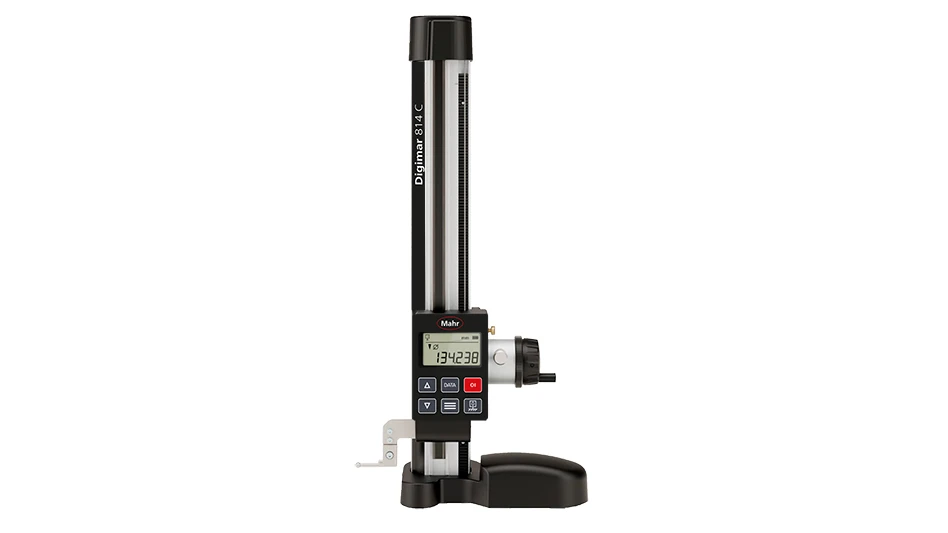
One of the current research priorities of NASA is related to long-term space missions, which undoubtedly will bring enormous technical and human challenges to be carried out successfully and safely.
Some of these challenges have to do with the health and well-being of astronauts during these missions, challenges that can range from quick access to customized medical applications, parts, or medical instruments manufactured on demand, prosthetics, orthoses, or elements for emergency treatment and rapid wound closure, among many others.
One of the technologies that can solve many of these challenges is 3D printing, which due to its enormous versatility and relative low cost would allow building in situ an infinity of objects that might be needed in these long-term missions.
But not everything is perfect with 3D printing since it has been determined that one of the serious problems inherent in this technology is due to the porous nature of the polymers and the complex geometries of the 3D printed objects that create the risk of hosting a high bacterial load.
This is why NASA Nebraska Space Grant in collaboration with the University of Nebraska at Omaha and the Chilean company based in the USA, Copper3D, have begun a study about the potential of a new antibacterial material for 3D printing, a polymer of Polylactic Acid (PLA) containing a patented additive based on copper nanoparticles and other enhancing elements, which eliminates a wide range of fungi, viruses, and bacteria called PLACTIVE.
Daniel Martínez, director of innovation and co-founder of Copper3D, says, "The use of this new antibacterial 3D printing technology has several potential applications. Our main focus has been the development of antibacterial materials with applications in the field of medicine and rehabilitation, such as medical/surgical instruments, orthoses, prostheses, applications in the dental world, and healing of complex wounds. But now we want to go a step further and verify the potential of this technology in other types of challenges associated with the problems of the future of long-duration space missions.”
Dr. Claudio Soto, medical director and co-founder of Copper3D, notes, "This new material has already passed very exhaustive laboratory tests in Chile and the USA, with microbiological burden reduction studies that have demonstrated their ability to eliminate in a few hours +99.99% of dangerous bacterial strains such as Escherichia coli and Staphylococcus aureus, strains that are also very present in the hospital environment, causing millions of infections and deaths per year worldwide.”
The researcher of the University of Nebraska at Omaha, Jorge Zuniga Ph.D. and scientific director of this study says, "The objective of this research is threefold:
- Describe the development of 3D printed prostheses with antibacterial filament
- Verify the antibacterial properties of 3D printed prostheses
- Develop a remote fitting methodology and determine patient satisfaction after using a 3D printed antibacterial finger prosthesis
This study will also set the scientific basis for future studies on the impact of this new technology on countless new antibacterial applications that solve serious health and functional problems both on earth and in space.”
Andrés Acuña, CEO and co-founder of Copper3D, says: "Our company started with a strong emphasis on innovation and our focus will continue to be linked to innovation and development of new materials and products that achieve a real impact on the quality of life of the people. We are very excited about the results that may come out of this study with Dr. Jorge Zuniga, the University of Nebraska at Omaha, and NASA. We think that this collaboration could be maintained over time to explore new technologies in the field of additive manufacturing that can save lives in complex contexts such as intra-hospital infections and environments as hostile as long duration space missions.”
Latest from Today's Medical Developments
- AI will power the next generation of medical wearables
- CUI Crash Course from Smithers
- Revolutionary implant harnesses electricity for healing
- Discover the advantages of Oerlikon's latest Surface Two technology
- #48 Lunch + Learn Podcast with OPEN MIND Technologies
- CERATIZIT achieves SBTi validation for emissions goals
- Applied Motion Products’ MLA & MEA series linear actuators
- Arterex expands portfolio with Xponent Global acquisition





